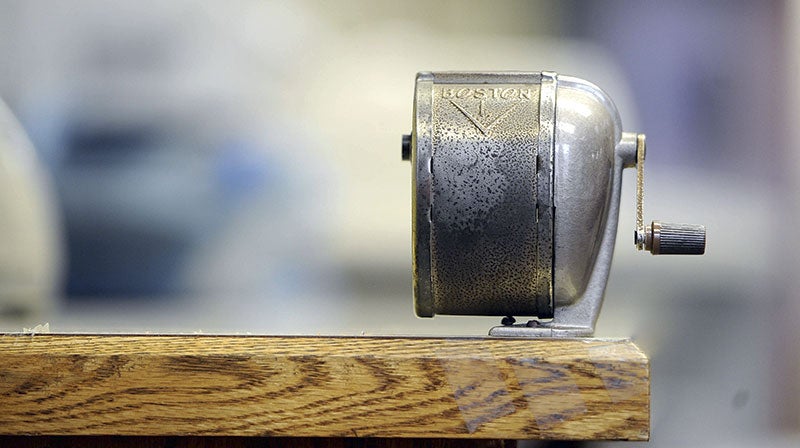Full Circle: When flour sacks from stores doubled as fabric
Published 9:35 am Friday, March 20, 2015
Within five years, the Square Deal Grocery had blossomed into a forerunner of the modern day supermarket. And true to Wallace McLaughlin’s word, prices had dropped. Take flour, for example. On opening day in 1921, it had cost $2.79 for 49 pounds, now it cost $2.15 for 100 pounds. Sugar which had been 9 cents for 1 pound had dropped to 50 cents for 10 pounds. Furthermore, it was now commonplace to see Austin women with pretty Mexican baskets over their arms, all their former self-consciousness over carrying their own groceries gone. The Square Deal was changing the face of Austin.
And women’s demands were changing the industry. For instance, those 100 pound flour sacks. Little did flour mills know they would one day also find themselves in the fabric business? It begs the question if it was a woman who one day looked at the plain flour sack dish towels she had sewn and wondered if they could be turned into a colored print? A print she could use for sewing curtains and fashions? The idea was brilliant!
Before prints, the sacks came with permanent company labels. There is the story of a girl whose underwear was made of flour sacks. She was walking with her beau when she tripped and fell. How embarrassing it was when her betrothed saw across her bottom, “Southern Best.” Or how about the man whose wife made his shorts? On the front she had inadvertently left the words, “self rising!”
It gives me pause to wonder just how many hundred pounds of flour a svelte woman needed for a dress as opposed to her pudgy neighbor? And was there a promise from Gold Medal to continue the same patterns, for what in heavens name would a mother do if all her daughters wanted the identical dress? I’ll never know, but perhaps Austin had a flour sack exchange where the women traded for desired designs? Let’s face it, for without a JoAnn’s, what was a girl to do?
I also wonder if having all those 100 pounds of flour on hand resulted in the housewife baking more pastries, which then required even more 100 lb. flour sacks to cover her expanding figure? And just how gorgeous were those fashions, anyway? You’ve heard the expression, “That dress looks like a flour sack!” Guess that’s your answer.
Rebates for coffee, tea
The dramatically reduced grocery prices were, of course, due to Wallace’s successful cash and carry program. It allowed him to have money on hand every day rather than only at the end of the month when the customers had previously paid. With a constant cash flow, Wallace was able to buy staples such as flour, sugar, oil, soap, etc. by the boxcar lot, as opposed to the previous small truck deliveries. Up until then, such a thing was unheard of for a small family owned business.
As an example of this bulk buying, I have a 1925 letter from a Chicago importer of quality teas and coffees stating that in a six month period, Grandpa had ordered 6,500 pounds of coffee and 400 pounds of tea. It further stated their company was sending him the largest rebate check they had ever sent out to the Minnesota territory. It’s only a guess, but I’m thinking my grandma did not wear flour sack dresses!
‘We gonna get a cat?’
Unlike today, in the 1920s the canned salmon was (like its indigent cousin, the bean), looked upon as a down-and-out man’s food. Some of the Square Deal customers had serious self-image problems with this when it became necessary for them to painfully reveal their penury on the check-out counters.
As inconspicuously as possible, they would slip their canned salmon onto the counter, hoping beyond hope no one was watching. One such shopper was an incorrigibly haughty woman accompanied by her young son. Looking nervously over her shoulder to make certain no one was observing, she discovered to her horror that several people were behind her. There was no escaping their notice of her three cans of salmon. Mortified over such a public display of her straitened circumstances, she declared in a derisive, high, twittering voice, “These, of course, are for the cat!”
Beside her, and unable to control his surprise and delight, was her forthright son who joyously blurted out, “Oh, boy, Mommy! Are we gonna get a cat?”
Did I mention it was necessary for Wallace to be not only a good businessman, but to also be a diplomat?



